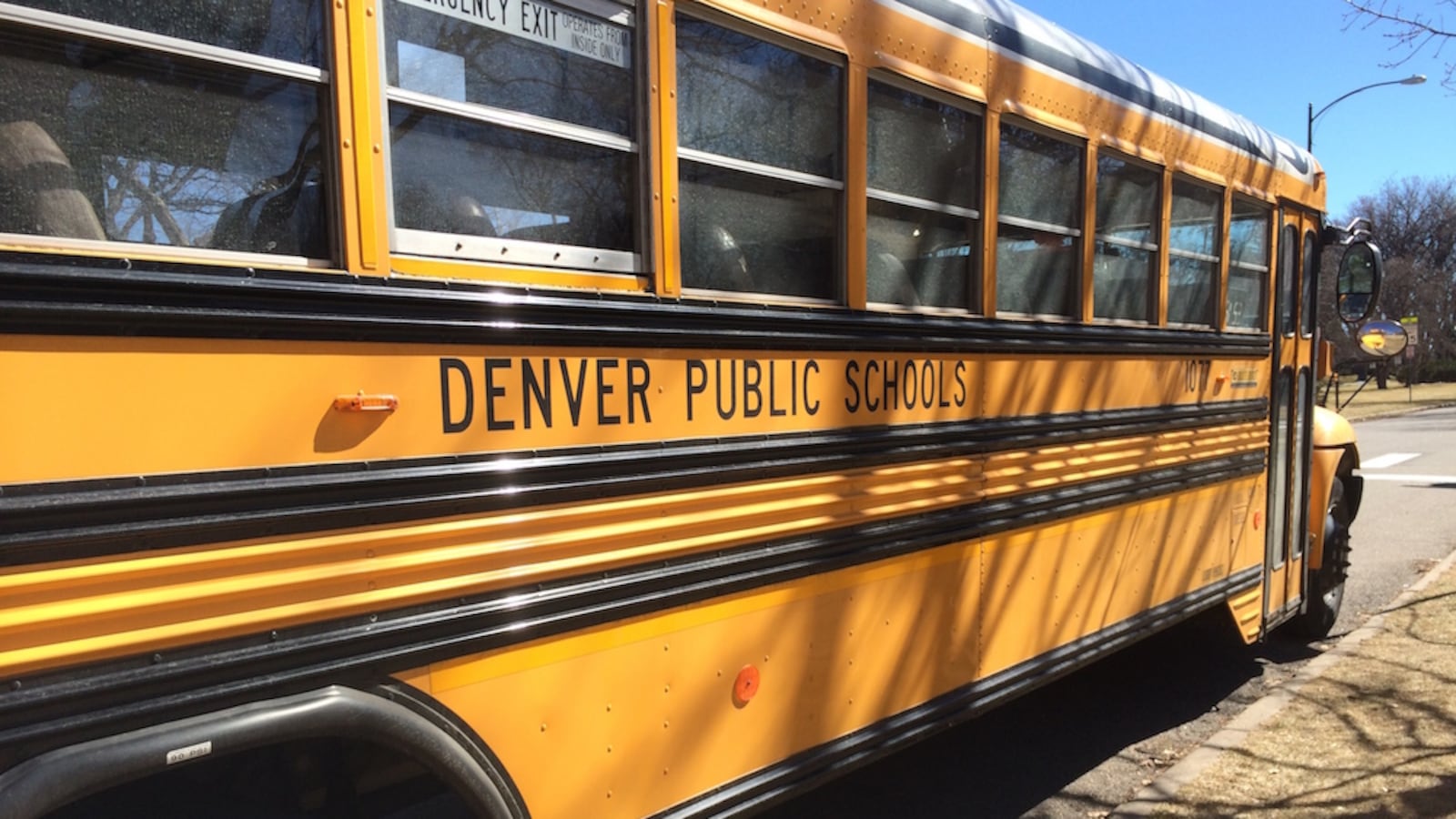A sweeping new report comparing schools in 50 urban areas portrayed Denver in grim terms by some measures — including a dubious distinction for its achievement gap between poor students and their better-off peers — while offering glimmers of hope.
Denver had the largest achievement gaps in both math and reading between students eligible for free and reduced-price lunch and other students among — 38 percent in reading and 30 percent in math over three years studied. The gap nationally was about 14 percent. Of the 50 cities examined in the report, 37 provided enough information for analysis on that achievement gap.
About 70 percent of students in Denver Public Schools qualify for a government-subsidized lunch.
Denver fared better when it came to proficiency gains in math and reading among all students, and racial gaps were narrower in advanced math course-taking rates than the national norm.
The report, released Wednesday by the Center for Reinventing Public Education at the University of Washington, paints a largely discouraging picture of U.S. urban education, especially when it comes to hard-to-serve students.
Nationally, the statistics are bleak and familiar: Academic performance in most cities is flat, with large numbers of schools ranking in the bottom 5 percent of their respective states. In one example of the barriers facing minority students, white students were four times more likely than black students to enroll in a top-scoring elementary or middle school, the report found.
Researchers relied on publicly available data and emphasized they looked at measures beyond test scores, including U.S. Department of Education Office of Civil Rights Survey data, out-of-school suspension rates and enrollment in high-level courses.
While the research for Denver drew almost entirely on Denver Public Schools information, it also included a few charter schools in Aurora and Charter School Institute schools, the authors said. DPS officials did not immediately comment on the report.
Despite DPS’s extensive efforts at school reform that have gained national attention, the district’s achievement gap between white and minority students has persisted for the last decade. Black and Latino students are making gains, but the gap is widening because white students are improving at a faster rate.
“There is a lot of great work going on in Denver, and people are doing a lot of innovative and I think positive stuff around improving the system,” said Michael DeArmond, the report’s lead author. “But like a lot of places, there is a lot of work still be done.”
Among the Denver-related findings:
- Less than a third of cities made gains in math and writing over the three most recent years of data studied relative to their state’s performance. Denver was in that group, ranking No. 7 in math improvement and No. 13 in reading gains.
- Seven percent of all Denver high school students in a given year took an advanced math class such as analytical geometry and trigonometry in 2011-12. In Miami and Chicago, 24 percent of students took such classes. Compared to other cities, the gaps in advanced math course-taking rates between white students and minority students were relatively small, however.
- Denver’s graduation rates ranked No. 45 among cities in 2013, the year spotlighted in the report for that measure. DPS’s four-year on-time graduation rate was 61.3 percent that year (and has since inched up). That represented a considerable gain over time, however — it was 22 points higher than the graduation rate from 2006-7.
The report did not seek to analyze whether urban areas adopting particular approaches — heavy on district-run schools, charter schools, voucher programs or a blend — fared any better or worse. Some of the metro areas scrutinized boast a single district, while others are a patchwork with different strategies.
“When you look across as a collection, the mixed results shows there is no one sure path to success,” DeArmond said. “Clearly there a lot of different things going on in these cities.”
The report’s jarring conclusion about Denver’s achievement gap comes as the racial makeup of schools and how that correlates to academic performance gets increased scrutiny.
Charles Robertson, founder of Young Adults for Positive Action, was among more than 80 people who gathered Tuesday night in far northeast Denver for the premiere screening of a segment of “Standing in the Gap,” an upcoming Rocky Mountain PBS documentary series that examines education equity and the end of court-ordered busing in Denver.
After a community dialogue session that followed the screening at DPS’s Evie Garett Campus, Robertson said the report’s unflattering spotlight on Denver’s achievement gap shows the district needs to better involve businesses, foundations, organizations and parents in crafting new strategies.
“I continue to be surprised at the amount of effort the district continues to put in to the education system, but we continue to get the low results,” said Robertson, who served on the district’s Far Northeast Turnaround Committee. “We continue to do the same thing and expect different results when we should be looking at how we can be more creative.”
Correction: An earlier version of this story reported that Denver ranked last among 50 cities on income-based achievement gaps. However, researchers only were able to gather data for that measure on 37 cities, and Denver ranked last among those.
Here’s the full report:

